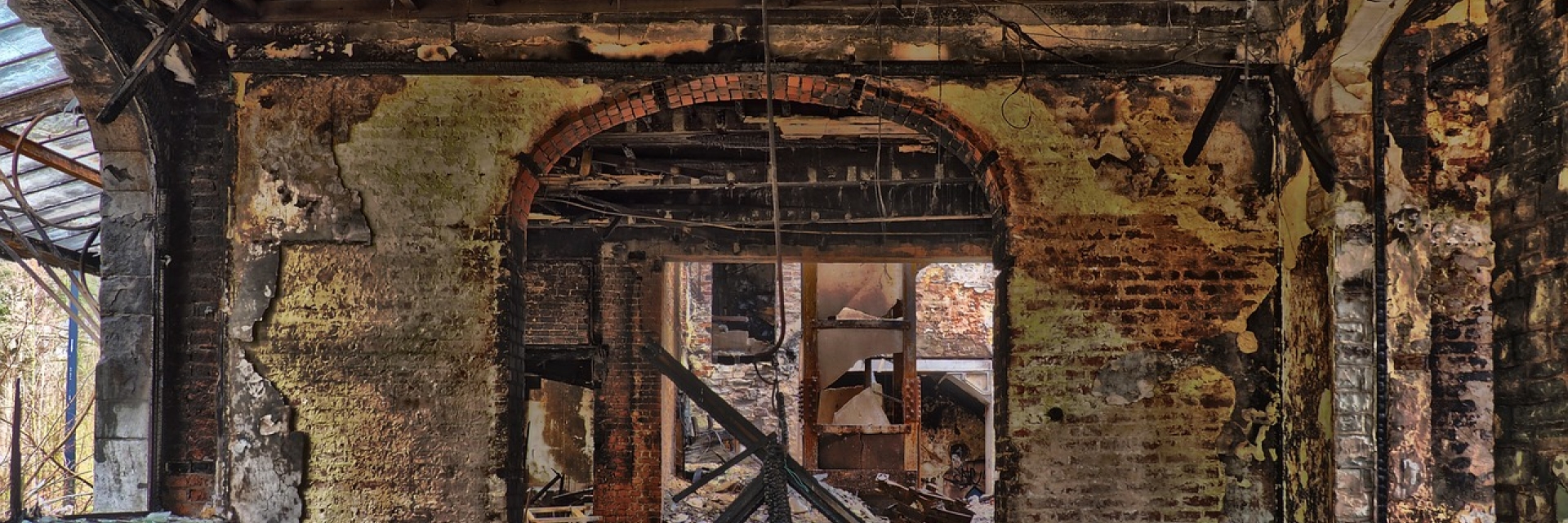According to the fire statistics from the National Fire Information System of the Fire Department, between 2019 and 2022, there were a total of 155,142 fire incidents, and out of these, 100,377 incidents occurred in buildings and structures, accounting for nearly 65%. Buildings affected by fires often require maintenance and reinforcement, especially when they lack fire-resistant cladding and fire compartmentation. In such cases, substantial repairs are frequently necessary. The process of selecting and determining the extent of these repairs is not only a cost-related matter but also a crucial step in minimizing fire damage and ensuring building safety. Consequently, fire incidents are diagnosed through a three-stage process: preliminary investigation, first investigation, and second investigation.
First, the structural and fire-related characteristics of the building are assessed. This initial step constitutes the preliminary investigation, followed by the first investigation conducted on-site to visually assess the extent of the fire and the condition of the building. Any damage that is difficult to confirm during the first investigation, such as reduced material strength, is identified through the second investigation. The second investigation involves testing and analysis, and it is used to estimate the extent of damage to the building and determine whether the building and its components can be reused. The results of this diagnosis serve as the foundational data for the recovery plan. The investigation process may vary depending on the type of building structure
Once the diagnosis and investigation are completed, the extent of damage is estimated, and the feasibility of reuse is assessed. The assessment criteria are based on building damage levels, categorized as A to C, and component damage levels, categorized as I to V.
Building Damage Levels:
|
A |
When there is no fire impact on the structure (components) |
|
B |
When the structure (components) has been affected by the fire but can be reused through repair and reinforcement |
|
C |
When there is a risk of structural collapse in the structure (components) and clear reuse is not possible |
|
Fire Damage Rating |
Fire Damage Situation |
Basic Repair and Reinforcement |
Examples of Repair and Reinforcement Methods |
|
Grade I |
When finishes are intact and there is no damage |
no repair is needed |
no repair is needed |
|
Grade II |
When there is visible damage to the finishes |
Repair of Finishes Only |
① Cleaning the Concrete Surface ② Replacement of Various Finish Materials |
|
Grade III |
When damage has not reached the reinforcement position: (For example, when cracks are minor, and there is no column spalling) |
When there is a reduction in strength and durability, concrete removal from the concrete surface to the reinforcement and on-site reconstruction is required. |
① Remove and regenerate concrete with a temperature history exceeding 500°C. ② In cases of significant regeneration, install pins for anchorage and place fiber mesh and wire mesh for reinforcement against detachment. ③ If there are cracks at temperatures below 500°C, inject epoxy to ensure durability. |
|
Grade IV |
When there are issues affecting the bonding performance of reinforcement (For example, surface cracks of a few millimetres in width or partial exposure of reinforcement bars) |
Since the bonding strength of the component is compromised, it is necessary to remove and eliminate the concrete portion from the concrete surface to the reinforcement, exposing the reinforcement completely, and then cover it with concrete. Reinforcement is performed as needed depending on the situation.
|
① Completely remove the concrete down to the reinforcement (exposing the reinforcement entirely) and regenerate the concrete to a specified thickness. ② To prevent spalling of the concrete up to the reinforcement, drive pins and place fiber mesh, wire mesh, etc. ③ Employ shotcrete techniques, mortar reinforcement. |
|
Grade V |
In cases of critical damage (For example, severe corrosion of reinforcement, extensive spalling, significant exposure of reinforcement bars, and substantial flexural damage) |
Reinforcement, Replacement, Augmentation |
③ Reinforce using materials like carbon fiber, steel plates, angles, flat bars, etc. |
Fire incidents are as crucial to handle and prevent as preventive measures. Dismantling and disposing of recoverable spaces for reconstruction would result in more time and cost wastage. Therefore, in the event of a fire, it is essential to assess whether restoration and reinforcement are possible through a precise diagnosis.
The building restoration services provided by BELFOR Korea aim to return the building to its pre-fire condition. From accurately diagnosing the extent of damage to planning the restoration method and carrying out the actual restoration work, the disaster recovery industry requires expertise. If you want to efficiently manage the situation, recover your daily life, and save on costs after an incident, it is recommended to collaborate with construction experts from BELFOR Korea.


